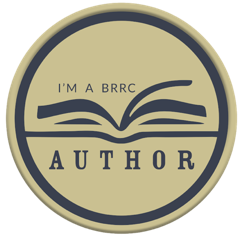
THE PURPOSE OF THE STUDY GUIDE:
The Study Guide is specifically for students who want to earn academic credit in English Literature and/or history for reading the book, A Far and Distant Cry. Information about how academic credit can be earned is in the Guide.
HISTORY:
This Guide has twenty options for students in grades 8 through 12. Some assignments are specifically for younger students; some are specifically for older students. Each student will compile a notebook in order to save the information for future reference. Answers to quizzes, etc. are given at the end of the unit.
Students/parents can choose which assignments best fit them, taking into account the amount of time they want to spend for academic credit. THEY CAN ALSO ALTER THE ASSIGNMENTS SOMEWHAT TO SUIT THEIR SPECIFIC NEEDS.
For example, depending upon the skill of the student, images for some projects can be simply downloaded, drawn in pencil or painted in color, or made out of other materials for a three dimensional effect.
All students will probably choose to read the historical information and answer the questions for review, and chapter questions from the book.
One project for YOUNGER STUDENTS, asks them to make a shield out of paper, poster board or plywood, and gives directions.
One assignment for OLDER STUDENTS asks them to complete a ‘short story’ about how a boy becomes a knight.
One assignment for ADVANCED OLDER STUDENTS asks them to write a paper concerning the historical revisionist theory questioning the image of King John that has come down throughout history.
There are many options for all grades.
LITERATURE:
Again, parents/students can choose which activities suit their needs.
In addition to a glossary, quizzes and directions for some fun projects like dressing up in the clothing of the period, the Guide has an entire section on Symbolism, another on the Three Estates into which Middle Ages society was divided, and one on the Overarching Theme of the Book Series.
There are also End-of-Chapter Questions, each of which explores a different topic: (The list below is not all-inclusive).
Setting
Character
Character details (which we learn from what they say, do, and think)
Character details (which we learn from what others say about them)
Antagonists
Round vs. flat characters
Theme: courage
Theme: chivalry
Theme: Christ-like character
Dramatic tension
Epiphany
Foreshadowing
Mood
Theme: fidelity
All of this information is the foundation upon which students draw in order to create an in-depth character study (older students), or to write a short essay (younger students).
There is also an answer key at the end of the unit.
